Huawei Honor 6 Review
by Andrei Frumusanu & Joshua Ho on September 12, 2014 9:00 AM EST- Posted in
- Smartphones
- Huawei
- Android
- Mobile
- Honor 6
Camera
The main camera is equipped with a Sony IMX214 sensor with a F2.0 28mm wide angle lens. The stock camera application offers all basic functionality you would expect. It doesn't try to revolutionize the traditional camera design and keeps it pretty simple in terms of aesthetics.
The camera offers a few pre-set shooting modes you can choose from, but most people will not deviate from the standard "normal", "smart" and "HDR" modes for most of their photography uses. The software allows to re-bind the volume buttons as a shutter key if wish to do so. Capture resolutions come in 4160 and 3264 horizontal resolutions in either 4:3 (4160x3120, 3264x2448) or 16:9 (4160x2336, 3264x1840) formats ranging from the full 13MP down to 6MP.
Huawei offers some manual image adjustment controls which allow you to change the exposure, saturation and contrast of the picture. Such controls are always welcome but in this case the sliders which are exposed do not display any kind of value, so you are not aware of what they actually do in absolute terms. Their location in the camera menu settings are also tedious to reach in case you want to achieve a specific result by manual fine-tuning.
The panorama mode shoots up to around 15744x2432 pixels and file sizes of up to 13MB in size. The resulting images are good in quality and there is no visible stitching throughout the picture.
Next let's take a look at normal camera shots in various outdoor lightning conditions.

1/1501s @ ISO 50

1/20s @ ISO 320
 1/16s @ ISO 2500
1/16s @ ISO 2500
In the low light shot, the Honor 6 is able to produce a pretty good result considering the ISO 2500 sensitivity on the shot, all while maintaining a reasonable exposure of 1/16s. It's in the dusk shot that the device is struggling to properly set its exposure and ISO level as it produces a very dark picture even though there was still enough ambient light available, seemingly caused by the metering algorithm trying to expose for the sky instead of the environment.
In perfect lighting conditions the camera has no issues in terms of exposure, but here we see a definite lack of detail. The IMX214 should have been able to produce a shaper image here, but instead we see a lot of fuzziness compared to other phones.
A trend that I saw in all pictures that I took is that the HDR mode is too aggressive. Instead of trying to underexpose bright areas, and increase exposure on darker ones, the phone tends to overexpose everything. I haven't been able to make a single shot where the HDR mode didn't result in oversaturated and unrealistic colours. It's more of a hit and miss and you're required to take several pictures because the metering algorithm was very unpredictable for me. I've been able to take a lot of over- or under-exposed pictures in what was otherwise very good lightning conditions. Here Huawei has a lot of catching up to do to be able to come close to the consistency that Apple, Samsung, HTC and LG are able to provide.
Video Capture
In terms of video capture the Honor 6 offers the usual 1080p and 720p resolutions on top smaller formats like VGA and even a 176x144 for MMS video. The 1080p video mode comes with several limitations: HDR and Beauty Mode are disabled and only available to 720p and lower resolutions.
Original 1080p video file (90MB)
In the standard 1080p mode we get a 24Mbps AVC Baseline@L4.0 video stream at 25fps with 96Kbps stereo AAC audio. The video is sharp and fluid, albeit the colours are a tad oversaturated. It's the lack of any kind of stabilization is very obvious and the video is very shaky. I was surprised by the audio quality of the video recordings as I could not only hear my own breath but also far away kids playing in the background. The microphones on the device seem to do their job pretty well in that regard.
Original 1080p + EIS video file (95MB)
When turning on the electronic image stabilization the quality of the video dramatically decreases. We see a big reduction in the details of the video and what should be 1080p turns into something inferior to 720p. It's pretty obvious what's going on here: Instead of increasing the capture frame beyond 1080p on the image sensor, Huawei is retaining the 1080p capture frame and then reduces the actual video window inside of the frame and reserves the margins needed for the EIS to operate. The video window is then upscaled again to 1080p, resulting in a blurry image and loss of detail. The effect also reduces the field-of-view of the camera.
Original 720p HDR + stabilization video file (59MB)
The 720p video with both HDR and EIS is even worse off. We go down to a 14.4Mbps AVC video stream on a custom encoding profile, while retaining the audio track quality. Here the resulting image resembles more what a 480p recording would produce. It is pretty clear to me that there limitation here lies in the SoC's ISP. It either cannot handle the sensor data bandwidth at high resolutions due to a lack of enough MIPI CSI lanes, or the ISP is underpowered and cannot handle the heightened load that EIS and HDR require. This is quite a blow to the Kirin's video capabilities, and we end up with one of the worst results in the SoC space.
I've already played a bit with the Ascend Mate 7 hoping that the situation would improve, but alas it seems that my suspicion holds as it has the same limitations and problems when recording video.



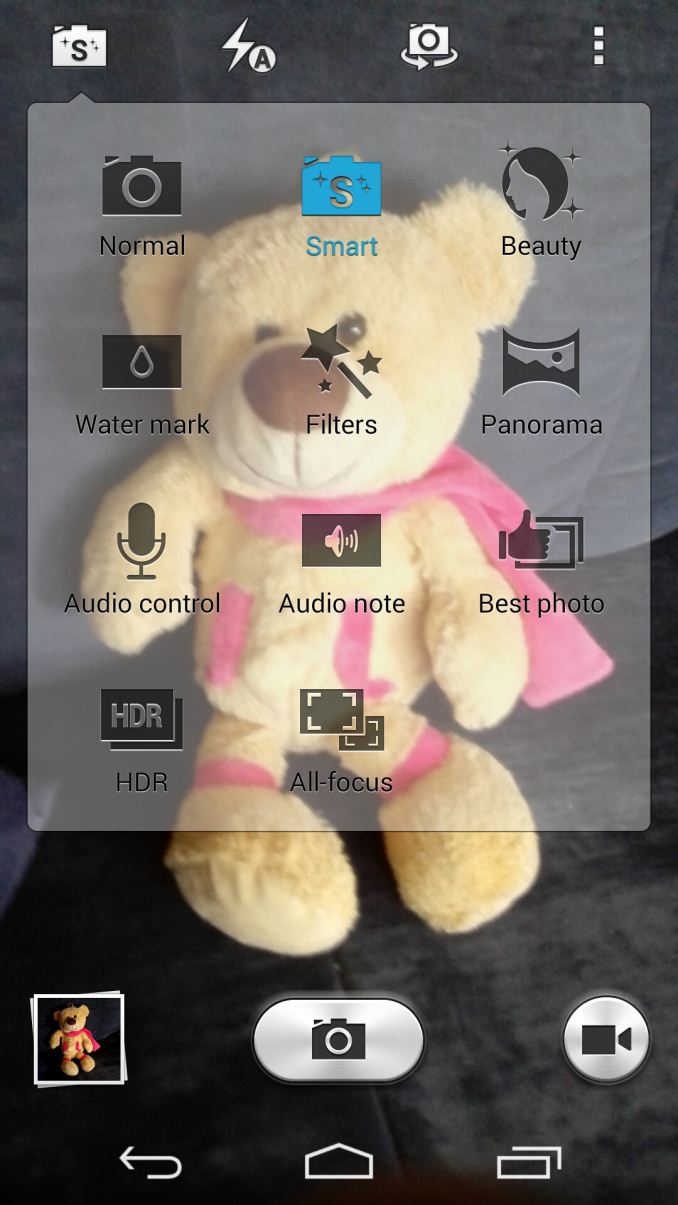
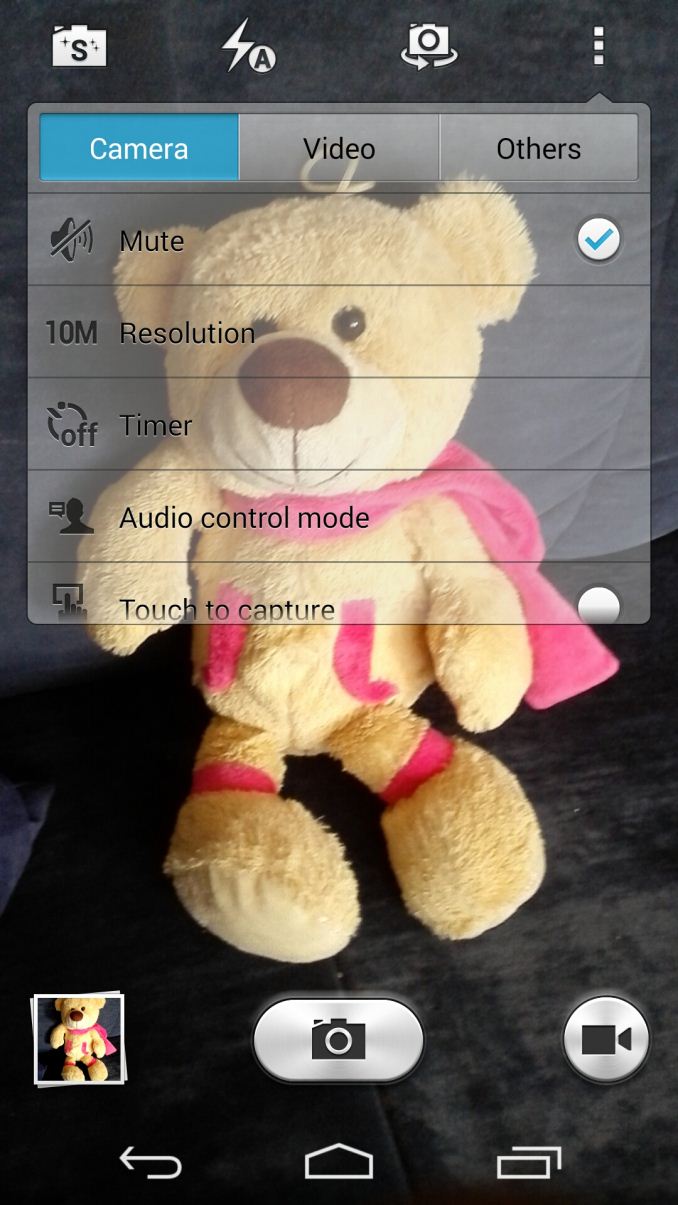
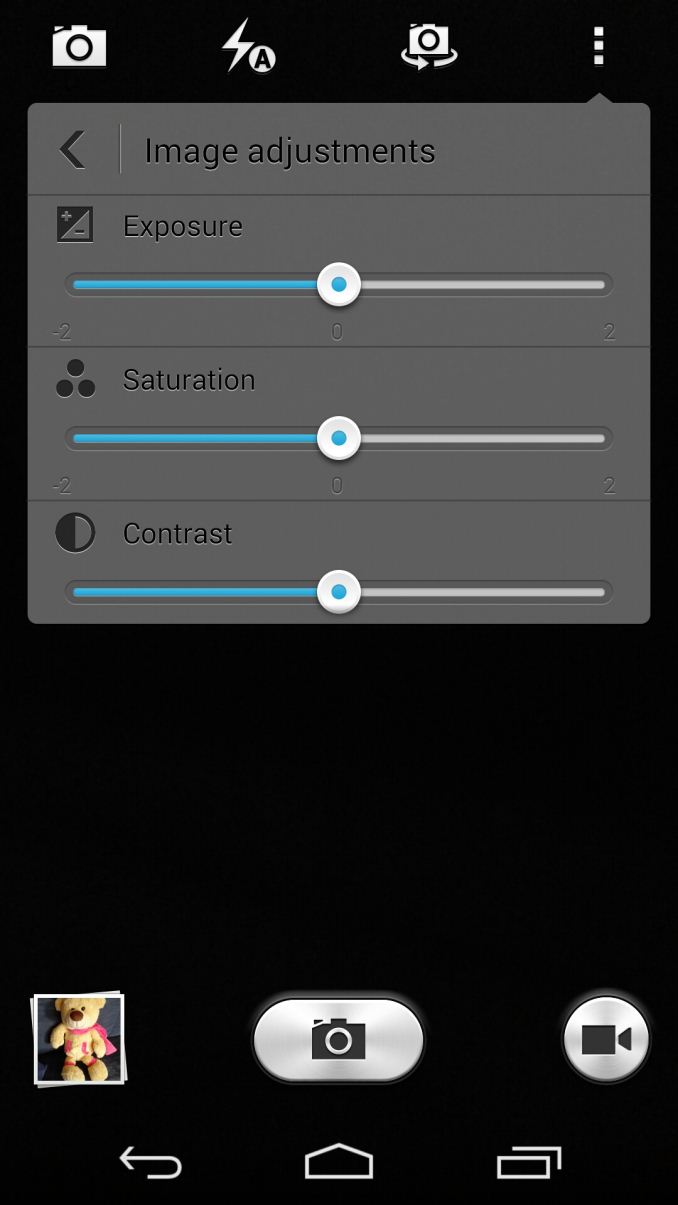

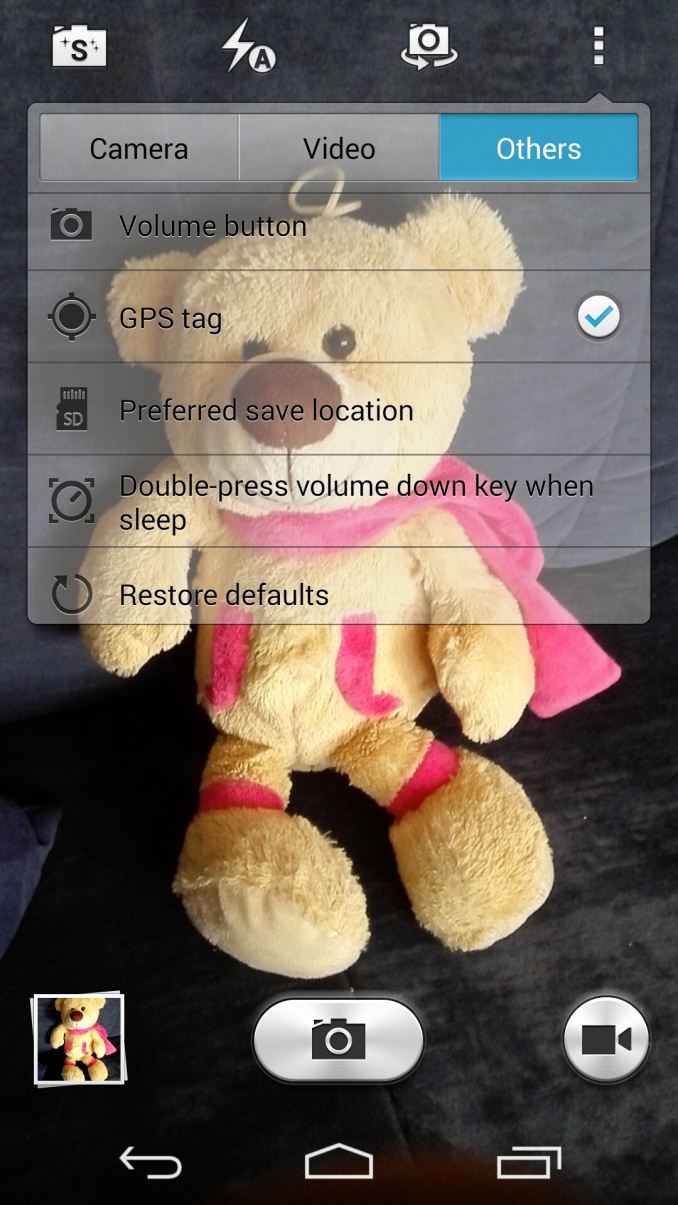

 Normal mode
Normal mode






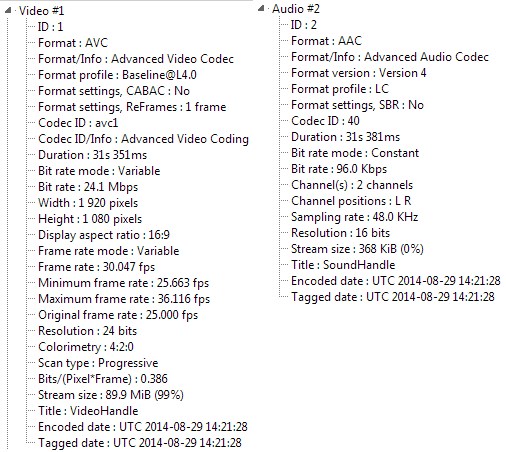








59 Comments
View All Comments
semo - Friday, September 12, 2014 - link
Why no user replaceable battery? I've heard all the reasons why I shouldn't care but I still want one and wonder if planned obsolescence is the only reason for not including it.Also, is Qi an option for this phone?
Andrei Frumusanu - Friday, September 12, 2014 - link
There is no Qi charging option.semo - Friday, September 12, 2014 - link
Thanks Andrei. I think it is worthwhile pointing out this missing feature in the article just like you did with the non-removable battery. It is important for some!marcokatz - Friday, September 26, 2014 - link
Well said. Also it's important to point at that this is an Apple-wannabe that no way can match up to some of the really highly rated phones out there. /Marco from http://www.consumertop.com/best-phone-guide/Excerpt - Wednesday, October 8, 2014 - link
Yeah bro, you tell em. And Andrea why U no learn Chinese man? I wanna know what that extra stuff does. I'm going to China in like, a minute, like everyone else. What, you don't care about me bro? I love you man.And does it have haptic feed-back for goodness snakes? I want them good vibes in me fingas.
What about a sit test? Most of us reading here have fat arses, do you know sit (test)? I don't know sit (test) but I wanna hear your experience with sitting, maybe try with a heavy object like a cow, yeah a bull sit test.
That'd be great keep up the good work. <3
Murloc - Saturday, September 13, 2014 - link
1. takes up space2. makes the phone structurally weaker
2. planned obsolence/forced service you have to pay a lot for are good ways to make money
Alexey291 - Saturday, September 13, 2014 - link
Takes up literally no space seeing how Samsung S4 and S5 are both smaller and thinner than HTC One (M7 and M8 respectively)Arguably the back that's able to pop off makes the phone LESS prone to breaking as it allows the force to dissipate somewhat better than in the case of a rigid structure which simply breaks.
And lastly I am going to play the world's smallest violin for the POOR POOR manufacturers trying to make a quick buck from planned obsolescence or paid-for battery replacement.
I mean I know anandtech is all about manufacturer interests but I'll care about their concerns and problems the moment they stop earning millions upon millions in profits.
Intervenator - Saturday, September 13, 2014 - link
Are you really saying that the S4 and S5 are thinner than the HTC One because of the replaceable battery? And that it takes up "literally no space"? Really?arsjum - Saturday, September 13, 2014 - link
Not because of, in spite of.Alexey291 - Saturday, September 13, 2014 - link
Thank you sir. That's precisely what I meant. Its thinner and yet it has a replaceable battery. Impossiburu /o\To me personally all that "the replaceable battery is inefficient" nonsense is just that - nonsense. Some companies are just better at making thinner phones and some try to cut corners (and costs) at every possible stage.
And yes Anandtech has historically supported nothing but the manufacturer interests. They have been walking on these eggshells for a long time and that's precisely why they never directly criticise any dubious or greedy decision made by their sponsors :) In fact they sometimes go a step further and tell consumers (like myself) that we are wrong in wanting things like replaceable batteries and microsd slots because they are so "inefficient"
/sigh